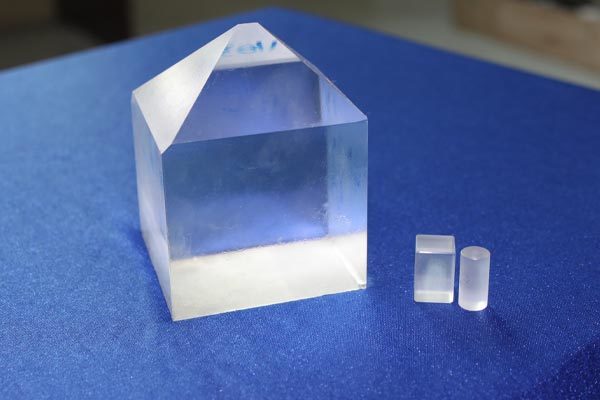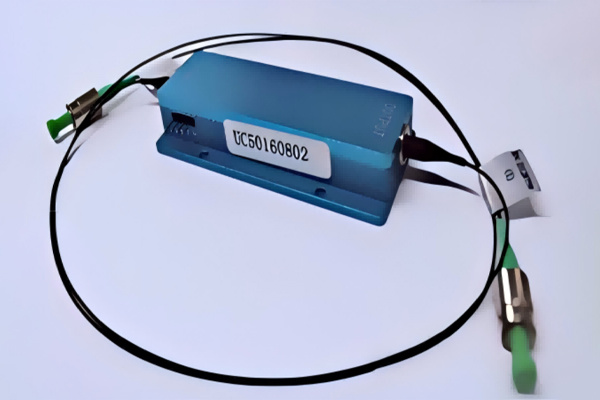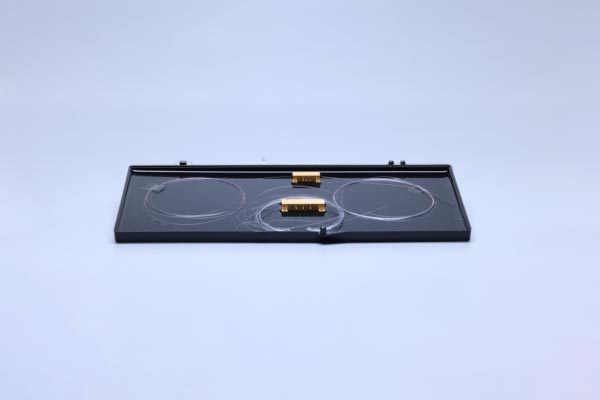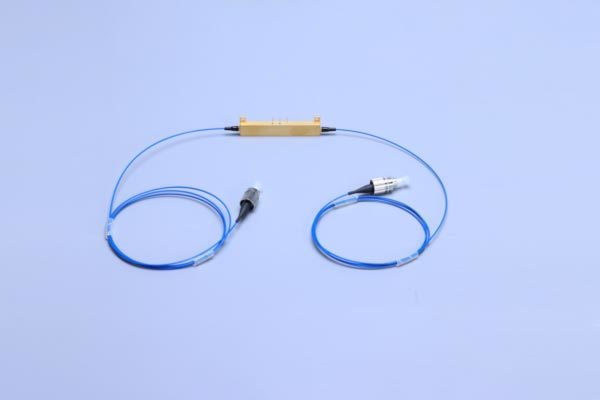
PPLN RPE Waveguide
Key words:
暂时不需要
Classification:
Product Details
The preparation method of lithium niobate optical waveguide includes proton exchange method. Firstly, the lithium niobate crystal is chemically reacted with a suitable proton source (such as benzoic acid), and the lithium ion is replaced by hydrogen ion (proton) on the crystal surface, and then the optical nonlinearity is restored by anneal- ing. This process is called Annealed proton-exchange (APE) waveguide. Reverse Proton Exchange (RPE) wave- guides are the follow-up steps of annealing, that is, replacing hydrogen ions with lithium ions in turn, to further improve the concentration distribution of hydrogen ions in the waveguide region, thus improving the symmetry of the waveguide's eigenmodes and making the mode matching of different wavelengths more perfect. Periodic polarization uses quasi-phase matching(QPM) ,by applying electric field to lithium niobate crystal, the direction of spontaneous polarization of crystal ferroelectric domain is reversed periodically, the phase mismatch problem is solved, and the frequency conversion of different bands of light is realized.
Based on the Periodic Poled Lithium Niobate(PPLN) RPE Waveguide, the propagation loss can be as low as 0.1dB/cm in the communication band of 1550nm,and the coupling loss with optical fiber can be as low as 0.5dB. The technical indexes have reached the international first-class level.
APPLICATIONS
Quantum Key Distribution System
Laser Radar
Optical Sensing
Laser Display
KEY FEATURES
Available for SHG/SFG/DFG nonlinear frequency conversion
High efficiency coupling between optical- fiber and waveguide
High conversion efficiency
High long-term stability
MECHANICAL DRAWING

Product inquiry
Kaxin Optoelectronics Technology Co., Ltd.
Telephone: +8618553160851
Email: sales@kaxinoptic.com
WhatsApp: +8619863680321
Address: No.11111 Jingshi Road, Lixia District, Jinan 250000,P.R. China
MESSAGE CONSULTATION









